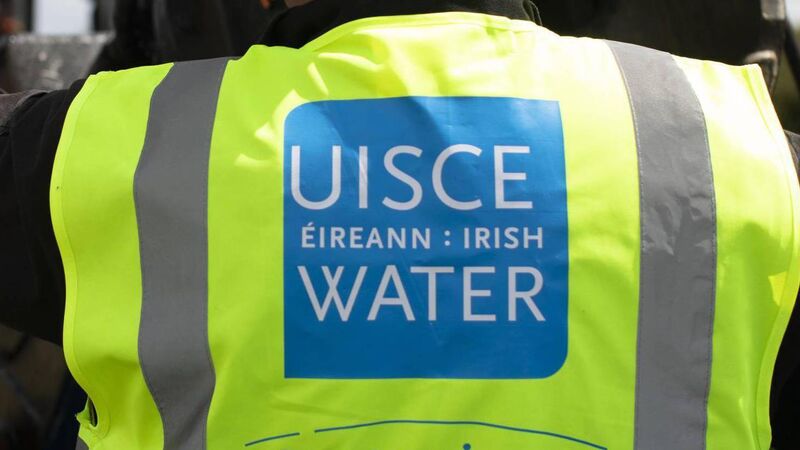First-time buyers shouldering the cost of public infrastructure, warns construction lobby

The Oireachtas Housing Committee will hear from construction industry officials, ESB Networks and Uisce Éireann (formerly Irish Water) on issues regarding infrastructure provision and residential developments. File picture
The Construction Industry Federation will tell the Oireachtas Housing Committee on Tuesday that first-time buyers are often having to shoulder “a considerable amount of the cost of public infrastructure” when buying their first home.
“Our water connection charges and upgrades to water services networks, waste water and electricity infrastructure is borne by those that least afford it, new home buyers,” CIF director of housing and planning services Conor O’Connell will say.
One example cited where first-time buyers foot the bill are Section 49 levies paid by the purchasers of new homes along the Luas line in Dublin.
“When a new home is purchased in certain locations a levy is attached to the cost of providing a new home yet someone selling a second-hand home nearby who benefits from the Luas paid little or nothing in public development levies, yet they benefit significantly in the sales price of the second-hand home,” the construction industry boss will tell TDs and Senators.
The committee will also hear that a “vast array” of public infrastructure is paid for in this way. “We must find a better way of paying for the timely construction of public infrastructure and it must be based on a predictive/flexible model planned well in advance rather than the current demand-led approach,” Mr O'Connell will say.
“If we plan for 10 years, then we must provide the infrastructure for that period as well and the infrastructure plans must marry with the development plans.”
CIF will say Ireland is entering a “much more difficult phase” for housing provision with “unrealistic expectations” built into new local authority development plans. The committee will hear from construction industry officials, ESB Networks and Uisce Éireann (formerly Irish Water) on issues regarding infrastructure provision and residential developments.
In the view of CIF, the timelines for the provision of essential infrastructure for housing are “too lengthy and cumbersome” and the costs can be prohibitive.
It will say that lands zoned for housing are based on population projections from 2011 to 2016, which had one of the lowest population growths in recent Irish history, and an unrealistically low projected growth target for Dublin and the mid-east in particular.
The new local and county development plans adopted by local authorities over the last year or so, which set out how land will be zoned for development through the coming years, have built in these “unrealistic aspirations” with many examples of de-zoning of residential land previously zoned for housing purposes, according to Mr O’Connell.
“In many locations lands have been zoned for housing that are difficult and expensive to service and in other locations serviced or easily serviced lands have been de-zoned or not zoned,” he will say.
“Our land management process for housing delivery is therefore fundamentally flawed and almost applies a 'just in time' process for delivery rather than a predictive model based on realistic time frames for the delivery of infrastructure to facilitate housing.”
ESB Networks, meanwhile, will tell the committee it has ramped up household connections in the last year and is committed to meeting its targets under the Government's flagship Housing for All plan.









